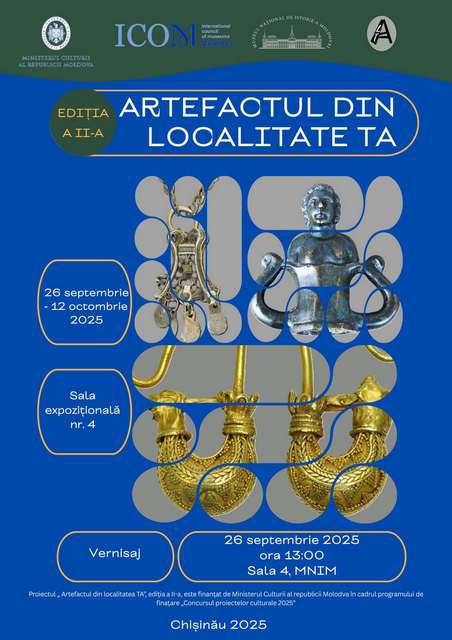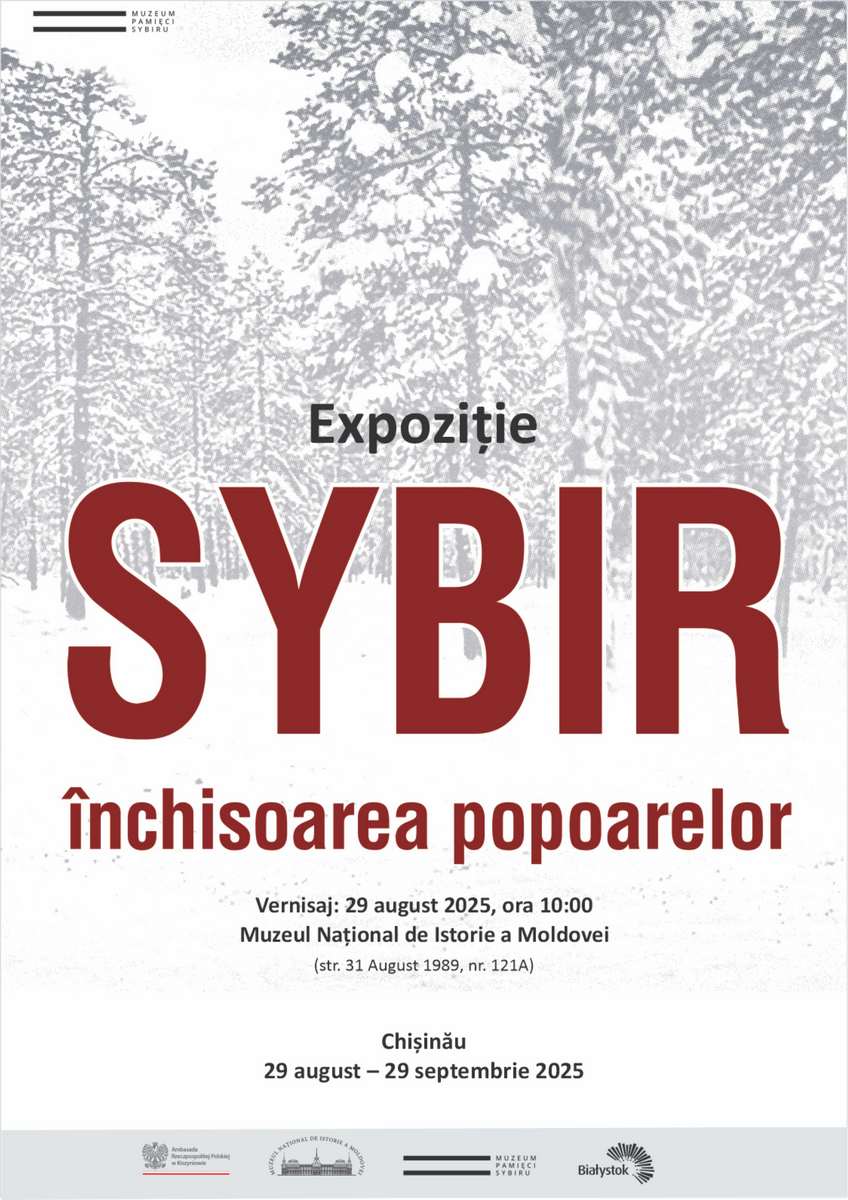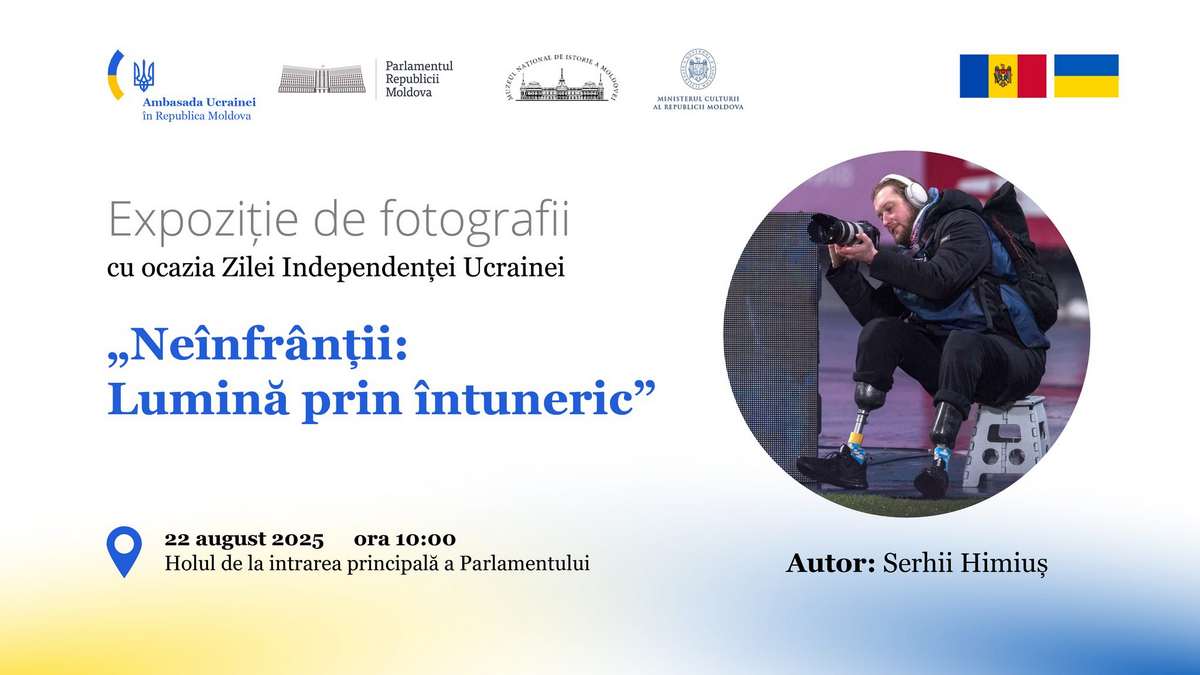>>>
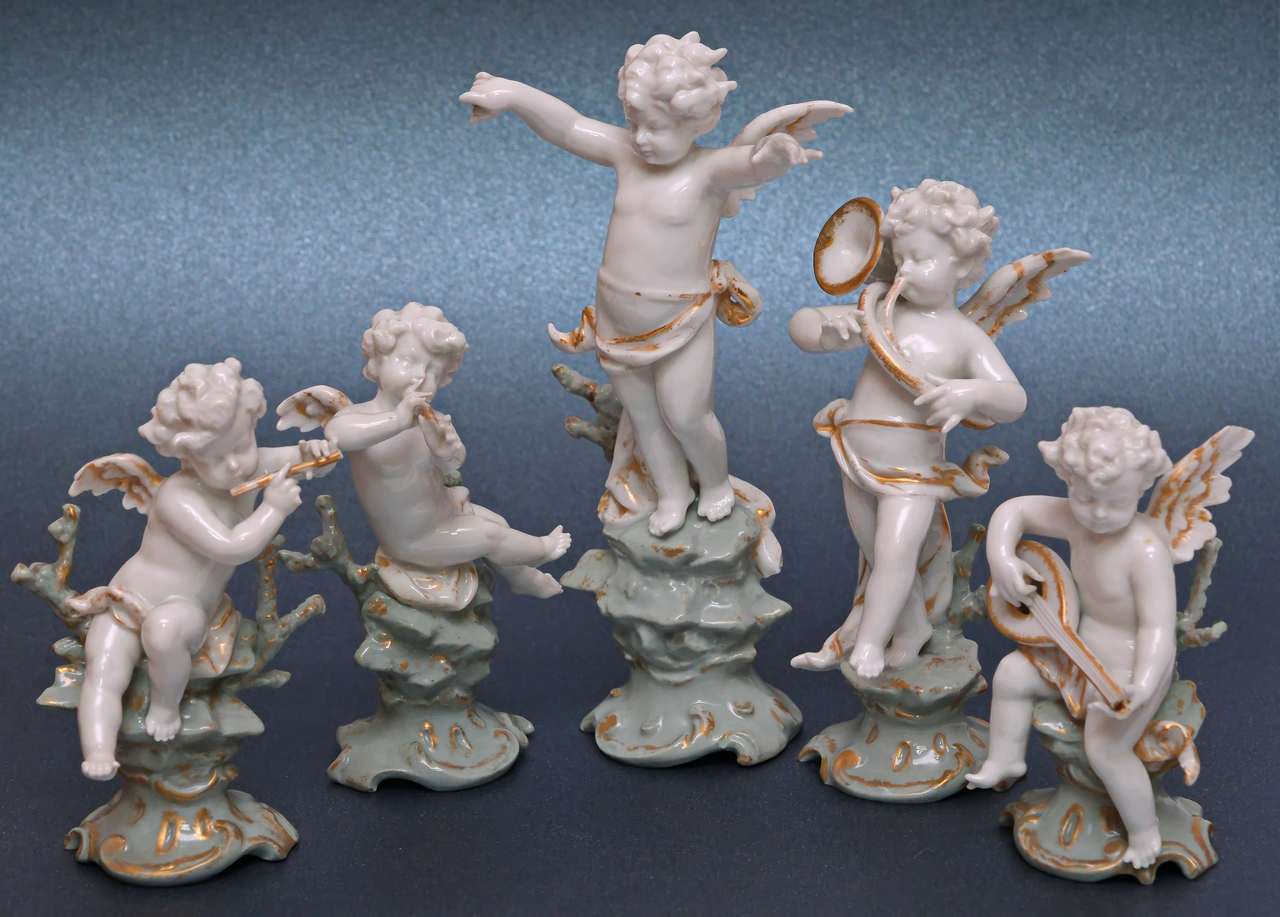
German porcelain is highly prized among antique collectors for its exceptional material quality, originality, and the meticulous craftsmanship of its decorative design.
The museum's collection preserves five figurines from one of the oldest porcelain manufactories in the Thuringia region of Germany - the statuary group known as *"The Musicians"*, crafted at the Volkstedt manufactory. These pieces entered the museum's holdings in 1991, acquired from a resident of Chișinău. With undeniable historical and artistic value, they bear the distinct imprint of the Rococo style.
The Volkstedt manufactory has a long-standing tradition in producing figurines, including those depicting musicians. In 1760, Georg Heinrich Macheleid - inventor of hard-paste porcelain in Thuringia - founded a production workshop in Zitzendorf, which was relocated to Volkstedt in 1762. Macheleid led the manufactory until 1764. Over time, the factory changed ownership and management multiple times. Under the direction of Christian Nonne, it flourished between 1767 and 1797, a period marked by significant artistic development. Volkstedt began creating figurines that would later gain international recognition.
It was during this flourishing period that the museum's porcelain statuettes, titled *"The Musicians"*, were produced. They depict five “putti”: four playing musical instruments (flute, mandolin, horn, and pipe), while the fifth conducts. Each figurine is entirely handcrafted - from modeling to painting - and delicately adorned with pastel tones and gilded details, capturing the playful movement and refined artistry of each musician. The base is made of mass-colored porcelain in a rare grey-green hue. The contrast between green, white, and gold accents lends the ensemble an unusually delicate appearance. These ornamental features are characteristic of the Rococo style, which emerged in France and is closely associated with the reign of King Louis XV.
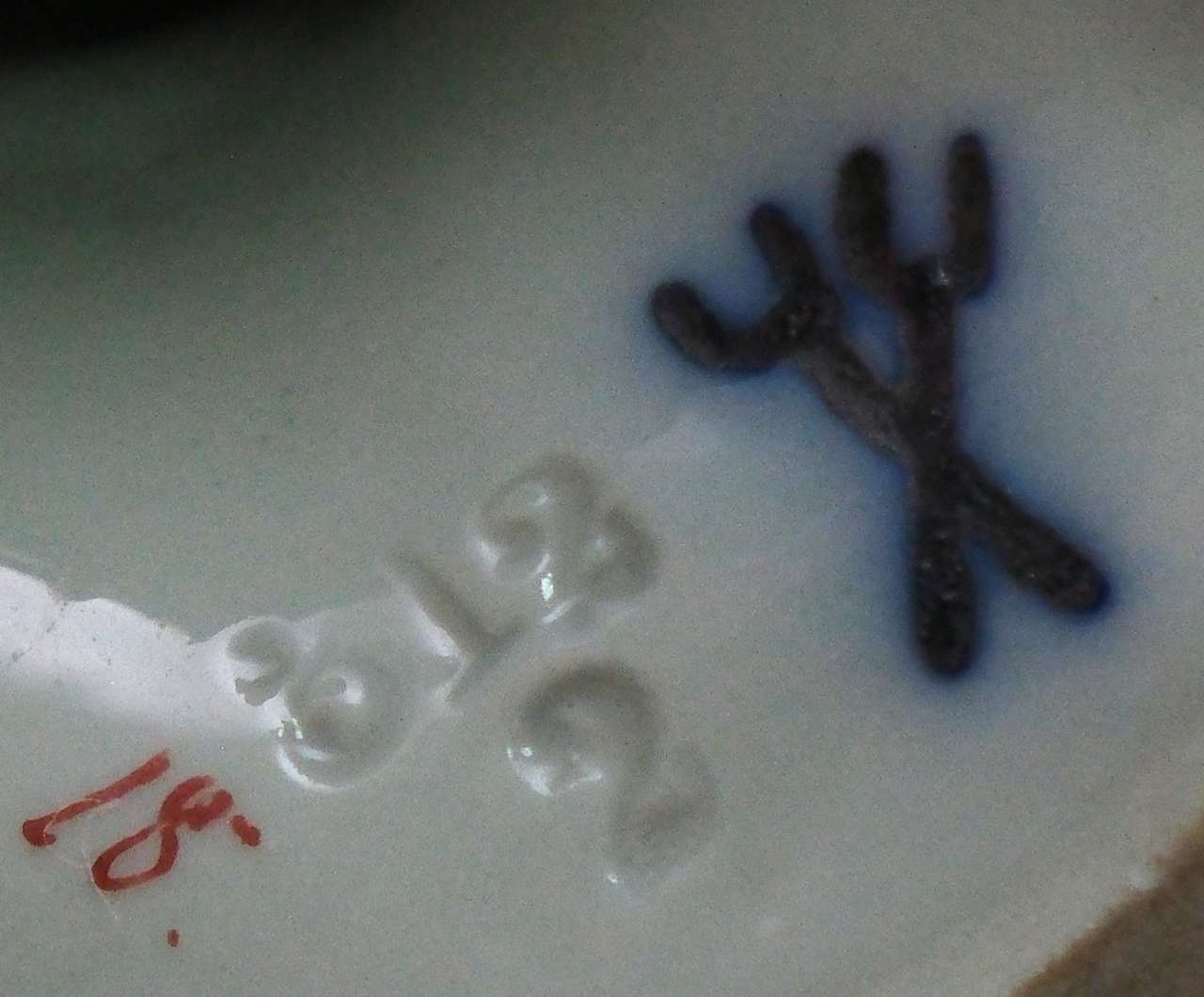
The mark applied to the figurines consists of two crossed forks, clearly rendered in underglaze blue, with slightly blurred paint - a detail that helps date their production. Because the crossed forks often resembled the crossed swords of the Meissen trademark, the Volkstedt manufactory was compelled to change its mark starting in 1787. Initially represented by a single fork, the mark briefly returned to two forks before being replaced in 1800 by the graphic symbol "R", referencing the town of Rudolstadt. Therefore, the brief period during which the two-fork mark was reinstated - and during which the museum's figurines were likely produced - is estimated to be between 1787 and 1800.
The statuettes range in height from 10 to 18 cm and are preserved in relatively good condition.
These late 18th-century German porcelain pieces, now on display, are exceptionally rare. They stand as true works of art by German craftsmen and serve as important historical testimonies to the evolution of porcelain manufacturing in Germany.











 31 August 1989 St., 121 A, MD 2012, Chisinau, Republic of Moldova
31 August 1989 St., 121 A, MD 2012, Chisinau, Republic of Moldova



















































